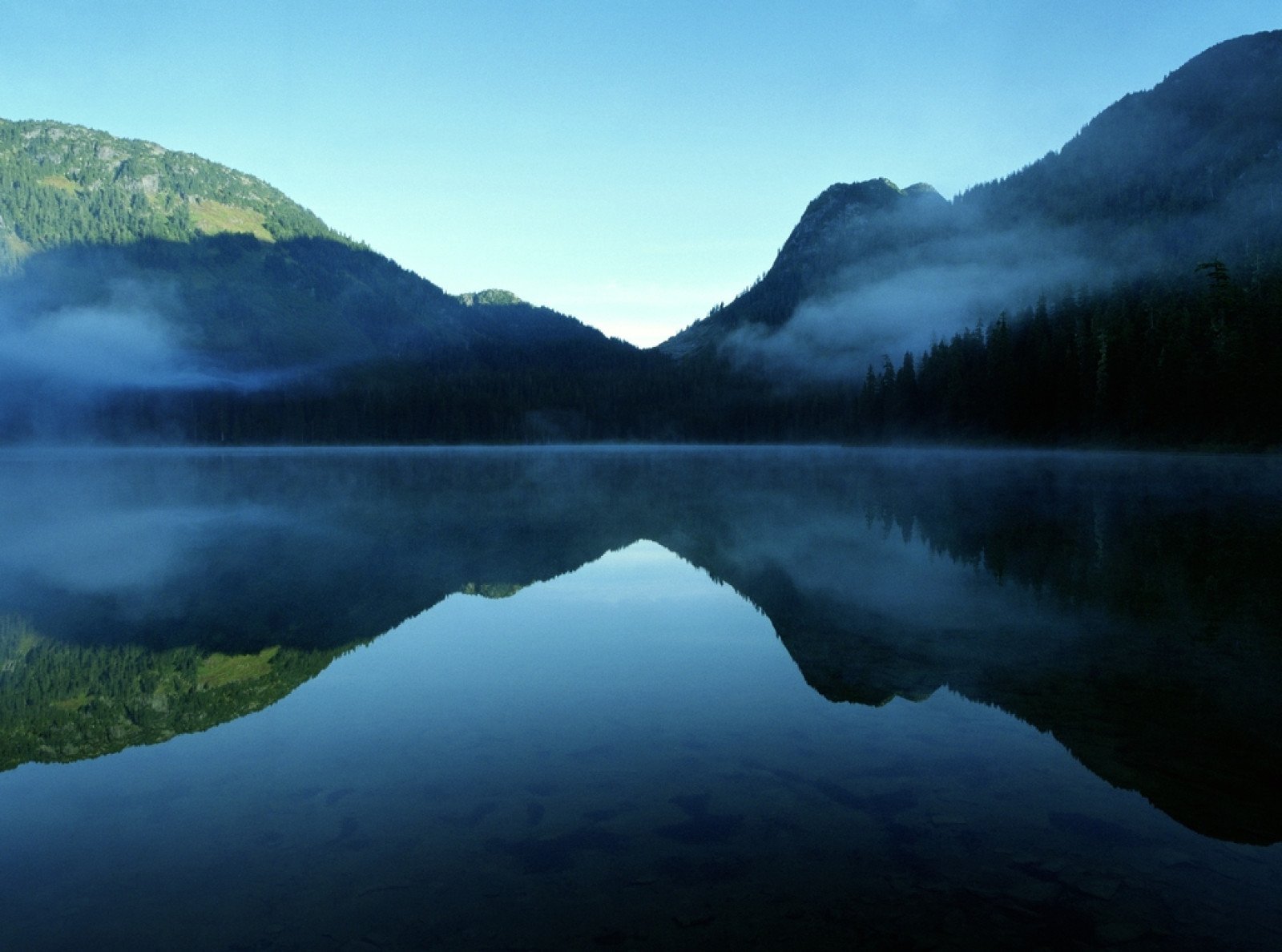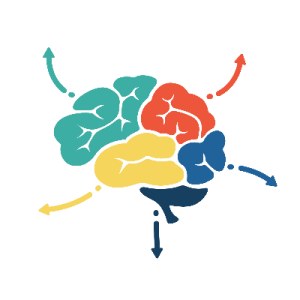The harmonious power of water
What important ideas can we learn from water about building harmonious relationships?

Overview
Drawing upon Indigenous perspectives on water, students build upon their understandings of water as an energy source and identify three important ideas that water can teach about creating harmonious relationships.
Instructions
What you'll need
- "The harmonious power of water" slides
- "What can water teach us?" worksheet, one per student
- "Actions for harmonious relationships" handout, one per pair of students
- "Indigenous perspectives on water" handout, one per pair of students
- Digital projector and display
- Provide each student with a copy of the "What can water teach us?" worksheet.
- Begin the activity by inviting your students to share what they think a harmonious relationship might look, sound, or feel like. To start your students’ thinking, consider opening up "The harmonious power of water" slides and showing slide 2, then encourage them to note their ideas on their worksheet.
- Organize your students into pairs and provide each group with a copy of the "Actions for harmonious relationships" handout. Ask pairs to think of examples of the eight pathways or ways of building harmonious relationships from relationships in their lives. As an alternative, consider showing slides 3-10.
- Ask your students to think of all the different forms of water that they can think of. As students share their ideas (e.g. ocean, creek, lake), invite them to suggest what important ideas we might learn from water about harmonious relationships. Prompt them to note their ideas on their worksheet.
- Invite your students to share their ideas with the class. As they do, co-develop or present the criteria for an important idea. An important idea:
- Help us see things in new or different ways
- Encourage us to change our thoughts, actions, or behaviours
- Provide each pair with a copy of the "Indigenous perspectives on water" handout. Ask students to look for any ideas in the sources of important ideas that we could learn from water about building harmonious relationships. Encourage them to watch for words similar to the eight actions for harmonious relationships, and to note these ideas on their worksheets.
- To conclude the activity, guide students’ attention back to their initial thinking, this time using what they’ve learned from Indigenous perspectives on water and harmonious relationships: what would they change or add to their initial thinking? Lead a discussion with your class about the important ideas that we might learn from water about harmonious relationships.
Modify or extend this activity
Extensions
- Invite students to create an illustration, symbol, or story about one of the important ideas that water can teach about building harmonious relationships.
Curriculum Fit
Grade 7 Physical and Health Education
Big idea
- Healthy choices influence our physical, emotional, and mental well-being
Curricular competency
Social and community health
- Describe and apply strategies for developing and maintaining healthy relationships
Grade 8 Physical and Health Education
Big idea
- Healthy relationships can help us lead rewarding and fulfilling lives.
Curricular competency
Social and community health
- Propose strategies for developing and maintaining healthy relationships
Grade 9 Physical and Health Education
Big Idea
- Healthy relationships can help us lead rewarding and fulfilling lives.
Curricular competency
Social and community health
- Propose strategies for developing and maintaining healthy relationships
Assessments
Assess how well students:
- Understand the term harmonious.
- Understand the role of the various actions for building harmonious relationships.
- Apply ideas about water from Indigenous perspective.
Teaching Notes
When discussing the meaning of the term harmonious consider sharing the following more detailed list of characteristics (see slide 8 from "The harmonious power of water" slides):
- Shared set of values that empower and liberate.
- Balance among forces influencing or even opposing one another.
- Greek harmos and the Latin harmonia: harmos meaning “joint”, harmonia meaning “agreement”.
- Coming together to produce a complete whole; for example, science and nature working together.
- A process.
- Blending together to achieve well—being.
- Co-existing peacefully, productively and sustainably.
How this activity was developed
These materials were created with guidance from Indigenous educators, subject matter experts and thought leaders to help draw upon important teachings, learnings, and Indigenous perspectives.
For centuries, the traditional western view of water has often been focused on its value as a resource. Indigenous people have a unique relationship with the waters of British Columbia. Since time immemorial, water has played a sacred role and is seen as a living entity. How water is used must be carefully considered with a view towards not just the immediate need and impact, but the needs and perspectives of generations to follow.
We are dedicated to deep listening and respectfully highlighting Indigenous ways of knowing in the materials we provide B.C. educators. If you have any feedback for us on these activities, or suggestions for others, please email schools@bchydro.com. We would love to hear from you.
About the artist
The design of the worksheets in this activity was a collaborative effort with Indigenous artist Kelli Clifton. Kelli Clifton was born and raised in Prince Rupert, British Columbia and is Gitga’at from the community of Hartley Bay. Clifton is interested in using her artwork as a form of storytelling—especially in relation to her Ts’msyen language (Sm’algyax), her coastal upbringing and her experiences as an Indigenous woman. Clifton currently lives in her home community where she continues to practice her art and teaches Sm’algyax at a local high school. Learn more about Clifton's art on her Facebook page.
BC Hydro’s commitment to reconciliation
BC Hydro exists to serve British Columbians by providing clean, reliable and affordable electricity. We recognize that maintaining and developing the system has impacts on the lives and interests of Indigenous People. To support our move towards true and lasting reconciliation, BC Hydro will acknowledge past wrongs, listen to Indigenous perspectives and seek shared understanding with First Nations communities and governments.
Learn more about our Statement of Indigenous Principles.








